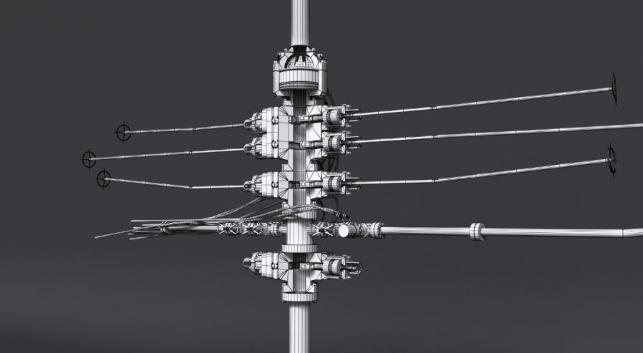Downhole equipment plays a critical role in the success of oil and gas exploration and production operations. Selecting the right equipment is essential to ensure efficient and safe operations. This blog post will discuss the key factors to consider when selecting downhole equipment for optimal performance.
1. Wellbore Conditions
Depth and temperature: The depth and temperature of the wellbore will significantly impact the equipment's design and materials. Deeper wells and higher temperatures require equipment that can withstand extreme conditions.
Pressure: The pressure within the wellbore, including bottom hole pressure and casing pressure, must be carefully considered to prevent equipment failure.
Formation properties: The properties of the formation, such as porosity and permeability, will influence the type of equipment needed for effective production.
2. Drilling Fluid
Type and properties: The drilling fluid used in the wellbore will interact with the downhole equipment. Factors like pH, density, and viscosity must be considered to ensure compatibility and prevent corrosion.
Solids content: High solids content in the drilling fluid can cause wear and tear on downhole equipment. Selecting equipment that can withstand abrasive conditions is essential.
3. Production Objectives
Well type: The type of well, such as vertical, horizontal, or deviated, will determine the specific requirements for downhole equipment.
Production rate: The desired production rate will influence the size and capacity of the equipment needed.
Reservoir characteristics: The characteristics of the reservoir, such as fluid type and flow dynamics, will impact the selection of downhole equipment.
4. Regulatory Compliance
Local and international regulations: Downhole equipment must comply with relevant local and international regulations to ensure safety and environmental protection.
Industry standards: Adherence to industry standards, such as API and ISO, can help guarantee the quality and reliability of the equipment.
5. Cost-Effectiveness
Initial investment: The initial cost of downhole equipment can vary widely depending on the type and complexity.
Long-term costs: Consider the long-term costs associated with maintenance, repairs, and potential downtime.
Return on investment: Evaluate the potential return on investment by assessing the equipment's expected performance and contribution to overall production.
6. Supplier Reputation and Support
Experience and expertise: Choose a supplier with a proven track record in providing high-quality downhole equipment.
Technical support: Ensure the supplier offers reliable technical support and assistance throughout the equipment's lifecycle.
After-sales service: Consider the availability of after-sales services, such as spare parts and repair services.
By carefully considering these factors, you can select downhole equipment that is well-suited to your specific drilling and production needs, ensuring optimal performance and maximizing your return on investment.



